We love the precise, accurate cuts you can only get with a Silhouette cutting machine. We share a lot of information about our machines, but we don’t talk as much about something just as important: Silhouette blades! You can’t make your first cut without a blade, which is why it’s so important to have high-quality blades that are right for the crafts you want to make. Because we have a large catalog of both current and legacy blades, you may not know which ones are right for you.
Silhouette’s blades allow you to cut over 100 different material types. We also have a handful of other carriage tools designed to create sketched projects. Each tool is designed for specific functions and materials, so you’ll want to expand your blade collection to include the perfect tool for every project. In this post, we’ll introduce you to all of Silhouette’s blades and carriage tools and share what makes our blades so unique.
Table of Contents
- What Are Blades and Carriage Tools?
- What Sets Silhouette Blades Apart?
- Which Blades Are Right for Me?
- Standard Blades
- Specialty Tools
- Sketch Tools & Adapters
- Legacy Blades
What Are Blades and Carriage Tools?
Simply put, your blade is what cuts the material you load into your Silhouette cutting machine. When you send a cut job to your machine, the tool carriage moves back and forth across your material to cut the design you created in Silhouette Studio®. In addition to blades, we also offer several carriage tool options to perform other actions, like sketch jobs. We rely on Silhouette carriage tools to bring our craft ideas to life!
There are four main categories of Silhouette carriage tools: standard blades, specialty tools, sketch pens and pen adapters, and legacy blades. We’ll go over each specific blade in more detail later in this article, but for now, here’s a quick introduction to each tool type.
Standard Blades
Standard blades are the blades compatible with all of our current cutting machines. They can be used with the Portrait 3 and in Chamber 1 on the Cameo 4 series. These blades cut basic materials and are a great addition to your blade collection.
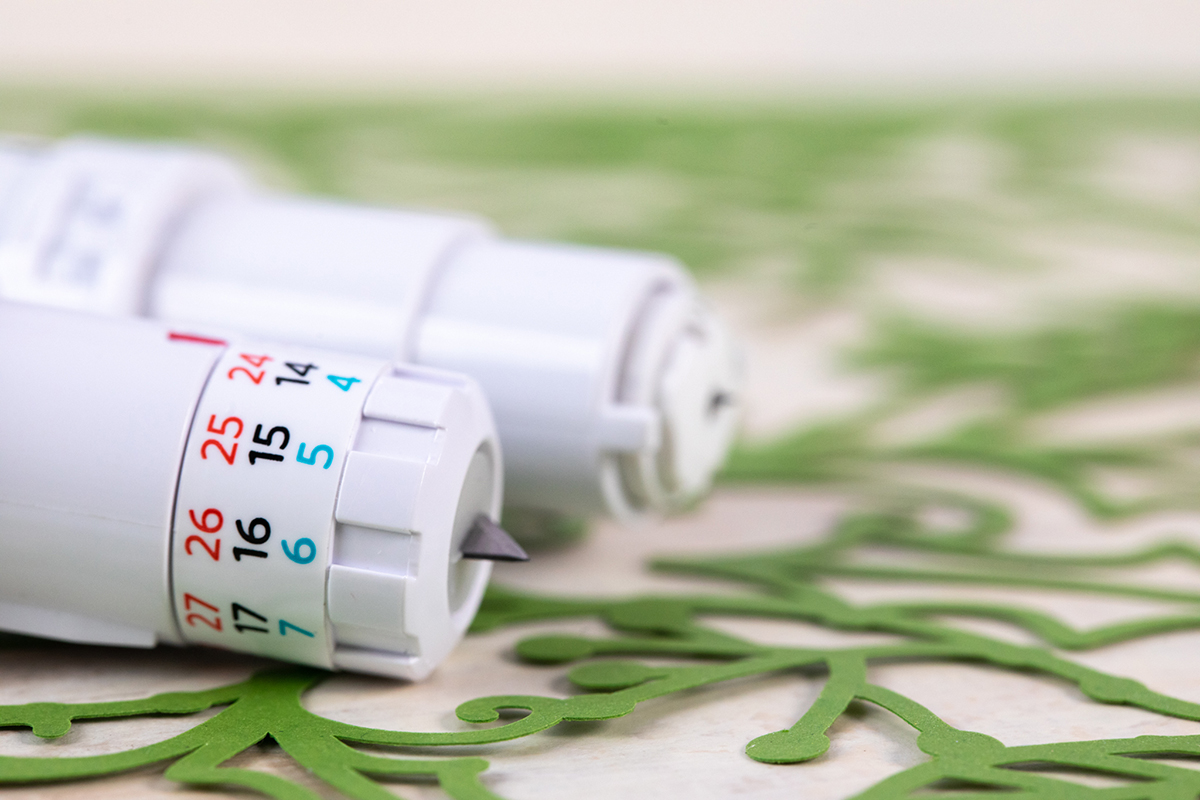
Specialty Tools
Specialty tools perform more unique, specialized actions than our standard blades. They are used in machines with more than one tool chamber, like the Cameo 4 series.
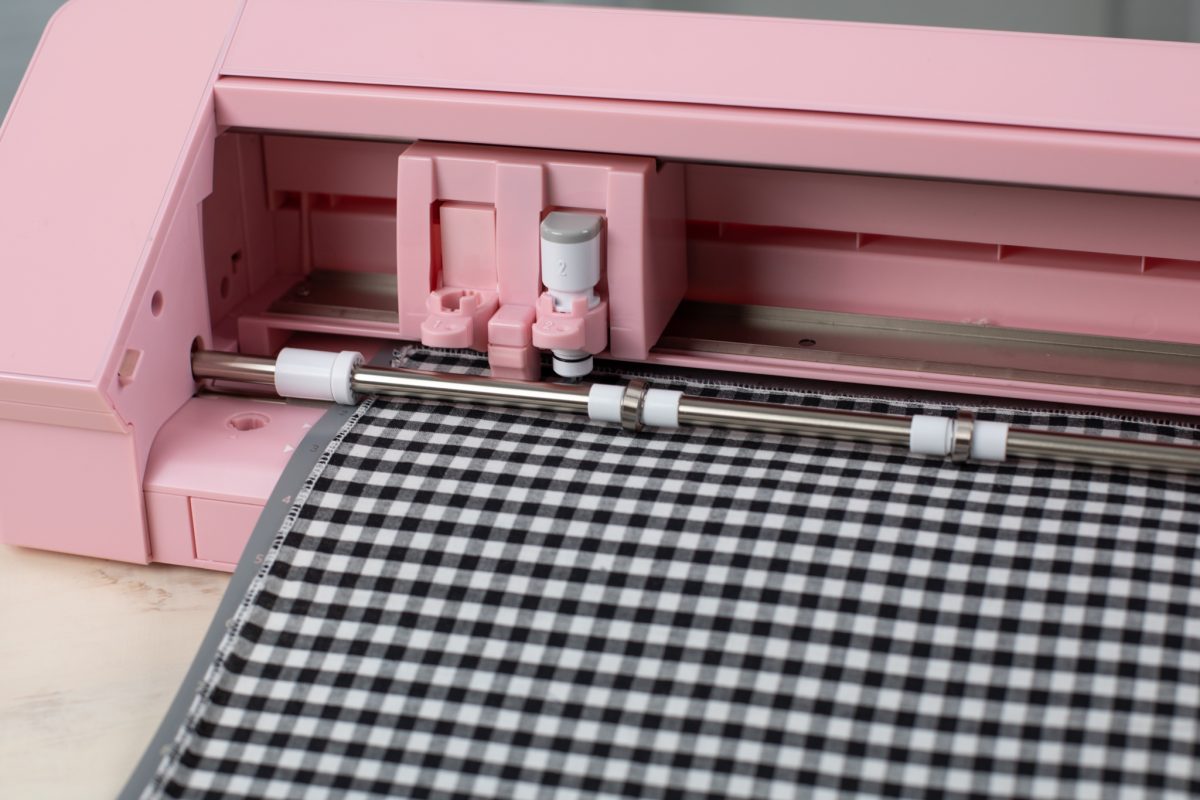
Sketch Tools and Adapters
These tools allow you to sketch designs onto your material instead of cutting them. Sketch pens fit directly into the tool carriage, and pen adapters allow you to use your favorite pen or marker to sketch designs.
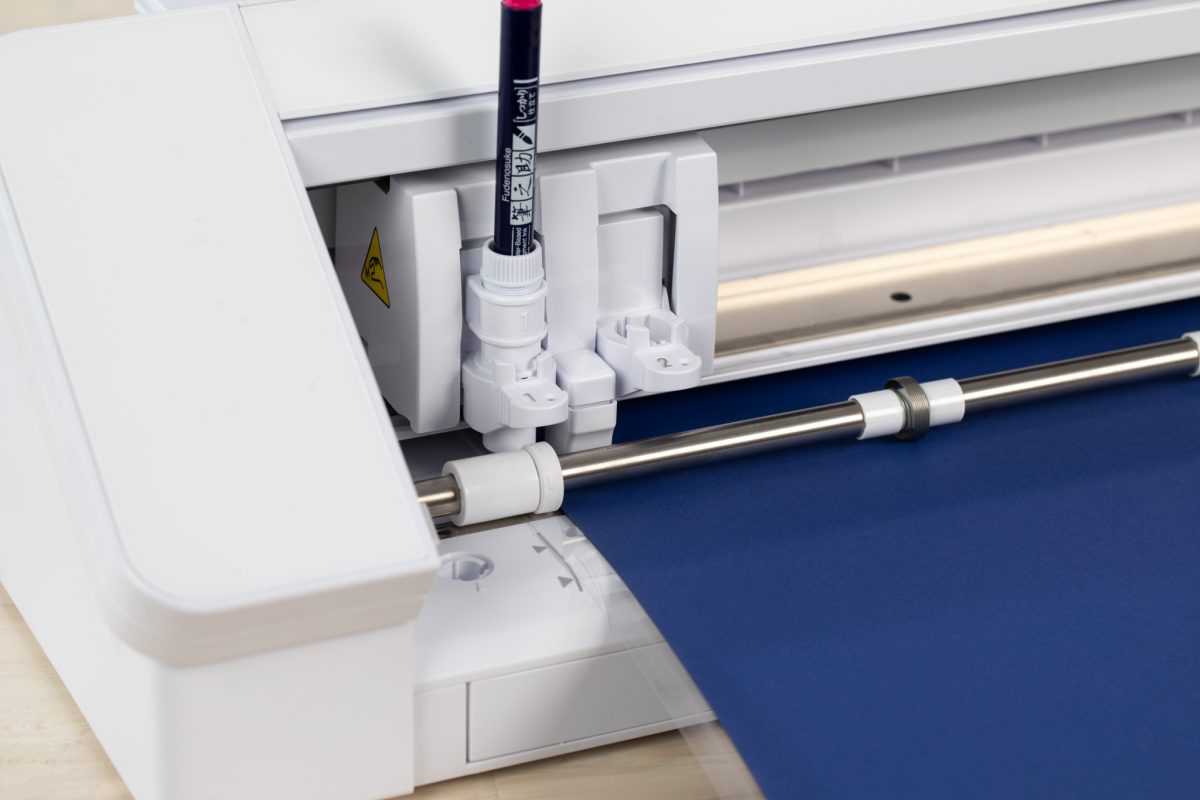
Legacy Blades
Finally, legacy blades are tools designed for older machines. Silhouette continues to offer these older tools for customers who own one of our older cutting machine models. These blades can be used with current machines by using the proper tool adapter.
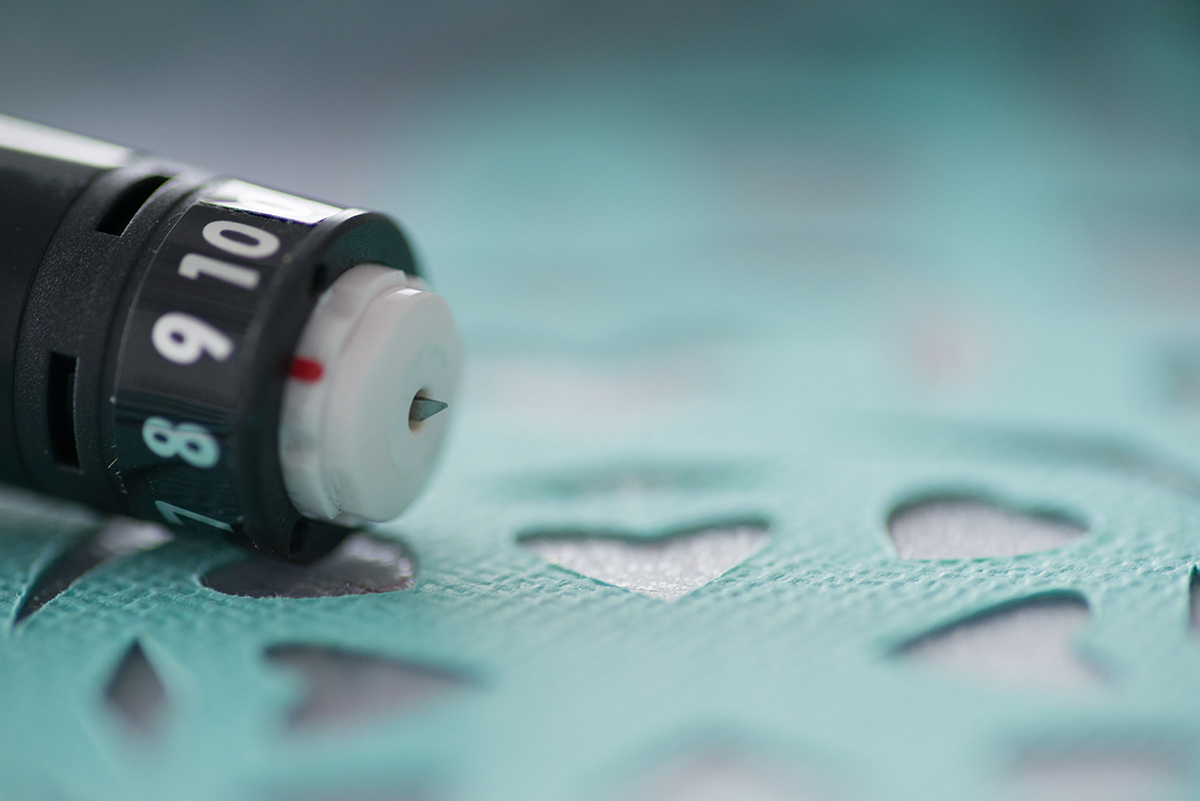
Over the years, we’ve redesigned our blades to best fit our machines. Across the Silhouette website, you may see blades classified as Type A, B, or C tools. This typing is a quick way to identify which machines a blade is compatible with. Type A tools are our classic blades and tools designed for older machines, or what we refer to as legacy blades. Type B tools are our most up-to-date tools for use with our current machines and offer Auto Detection support. Finally, Type C tools are our specialty tools that are more powerful and perform more specific cut actions. They’re used in Chamber 2 tool slots in machines with more than one tool chamber.
Check out our Blades and Tools Compatibility Chart to see which blades and tools fall into these different categories and which machines they can be used with.
What Sets Silhouette Blades Apart?
You’ll need to use Silhouette’s blades with your cutting machine, and our catalog of blades and carriage tools gives you the options you need to create without sacrificing cut quality and accuracy. Our stable, durable blades are designed with your crafting experience in mind, and you’ll love the variety of project possibilities open to you with Silhouette blades.
1. Cut Over 100 Material Types
With eight tools available for our current cutting machines and compatibility with older blades, Silhouette offers all of the tools you need to cut over 100 material types. Each of our blades is designed to make precise cuts in a range of different materials. Whether you work with vinyl, paper, chipboard, or fabric, we have the perfect blade for every maker.
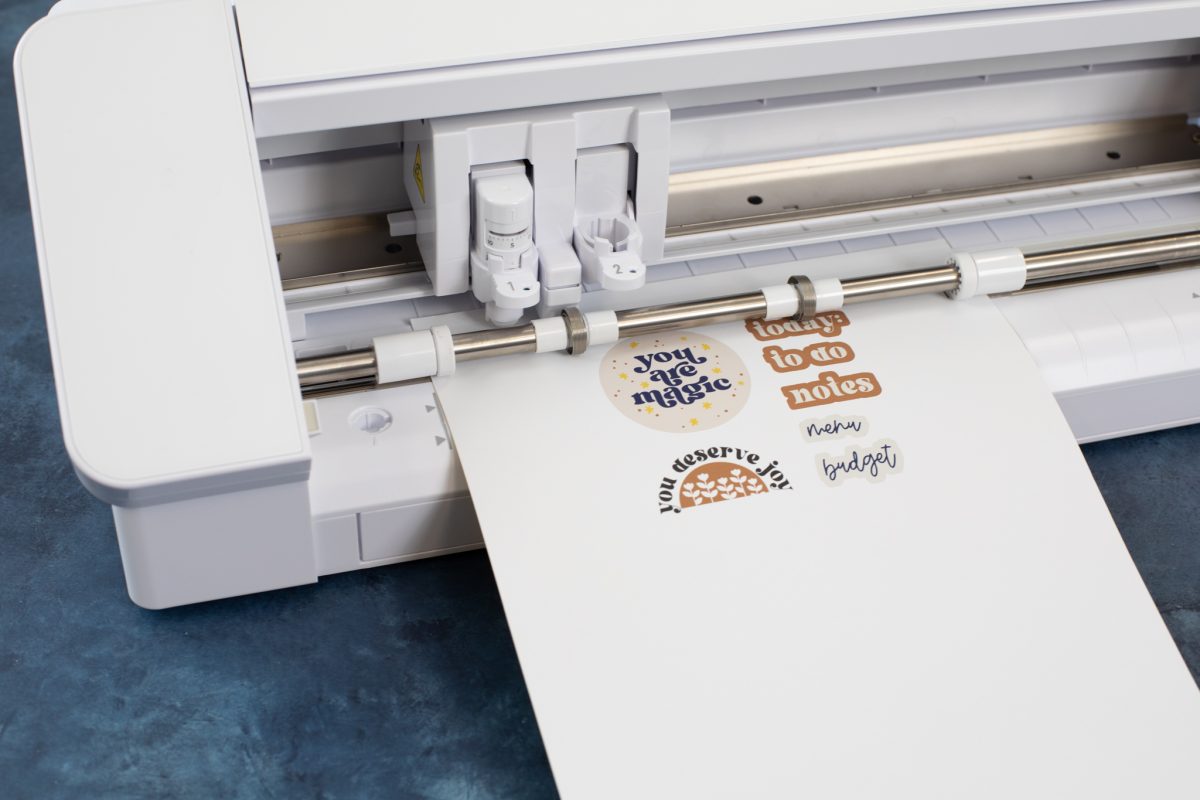
2. Automatic Tool Detection
Our modern tools make it easier than ever to select the right cut settings for your projects. With Auto Tool Detection, your cutting machine automatically identifies the blade or tool you’ve placed into the machine and adjusts its settings in Silhouette Studio® to match which tool you’re using. Then, the software adjusts the blade’s cut settings when you select which material you want to cut.
Automatic Tool Detection is compatible with all standard Silhouette blades, but the AutoBlade takes it one step further. While you need to manually adjust the depth setting for most blades, the AutoBlade will adjust the blade’s depth setting automatically.
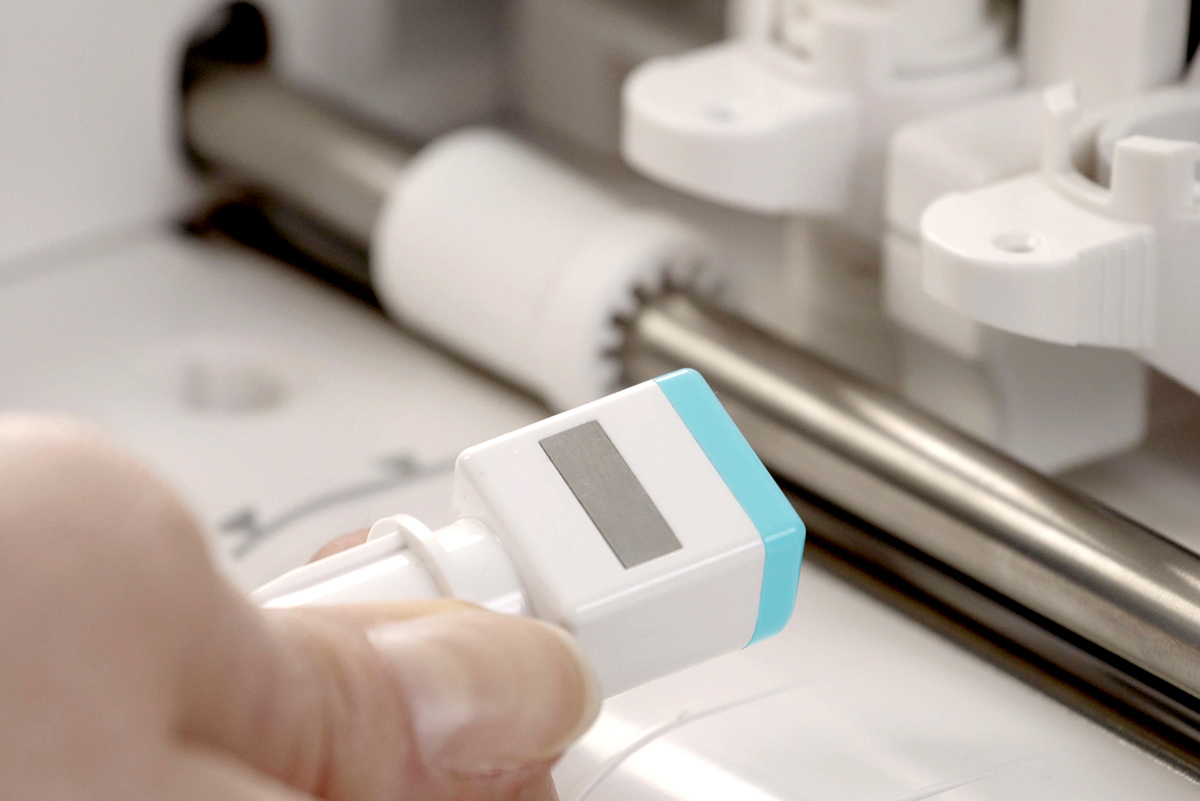
3. Sleek Design
All Silhouette blades are thoughtfully designed to make cutting as easy and simple as possible. The color-coded caps indicate the blade type, so it’s easy to find the exact tool you’re looking for. This detail may seem subtle, but it makes it much easier to choose the correct tool for your project.
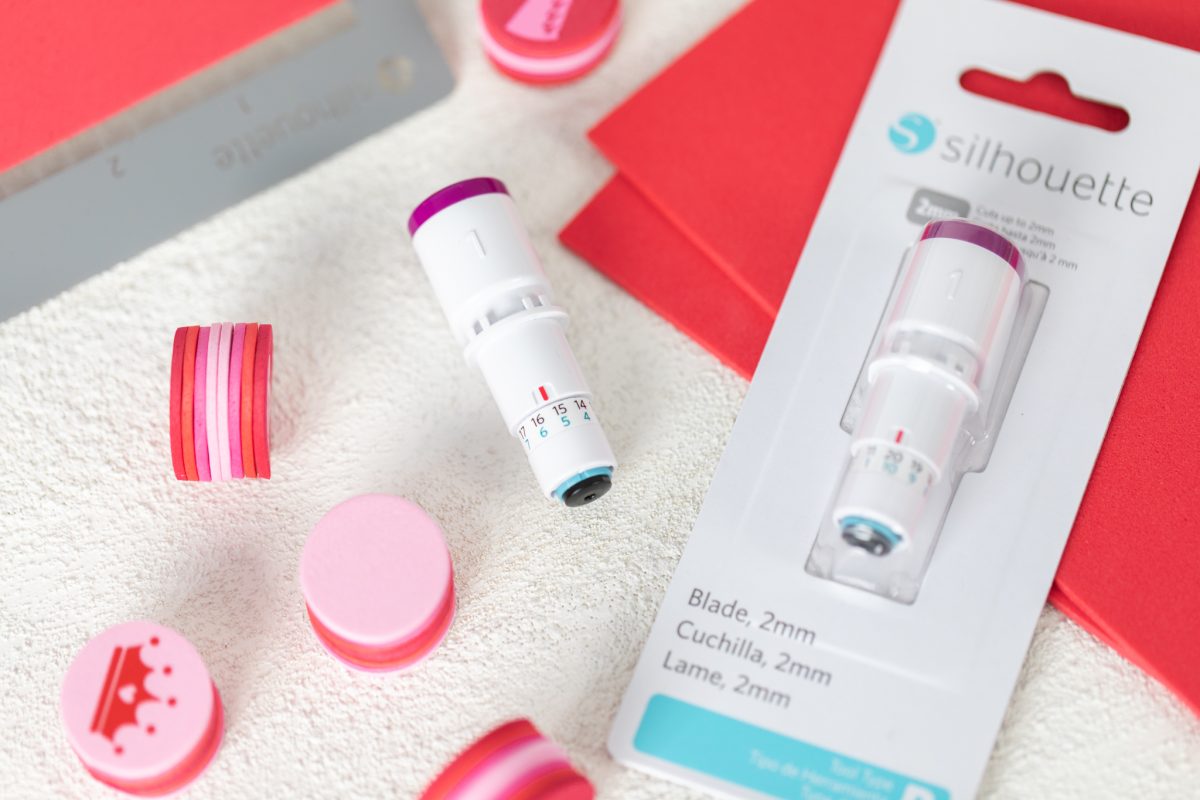
4. Accuracy, Durability, and Precision
All Silhouette blades are designed with stability and accuracy in mind. The blade itself is built directly into the body of the tool, which makes each tool safer, easier to use, and more stable during cutting. There is no risk of the blade becoming loose or misaligned within the tool because the blade is not an insert. This emphasis on stability leads to accurate, precise cuts every time.
Not only are Silhouette blades stable, but they’re also durable. Most of our blades are made with a sintered tungsten alloy, which makes our tools harder and longer-lasting than other blades. When properly taken care of, our blades are reliable crafting tools that will last you a long time.
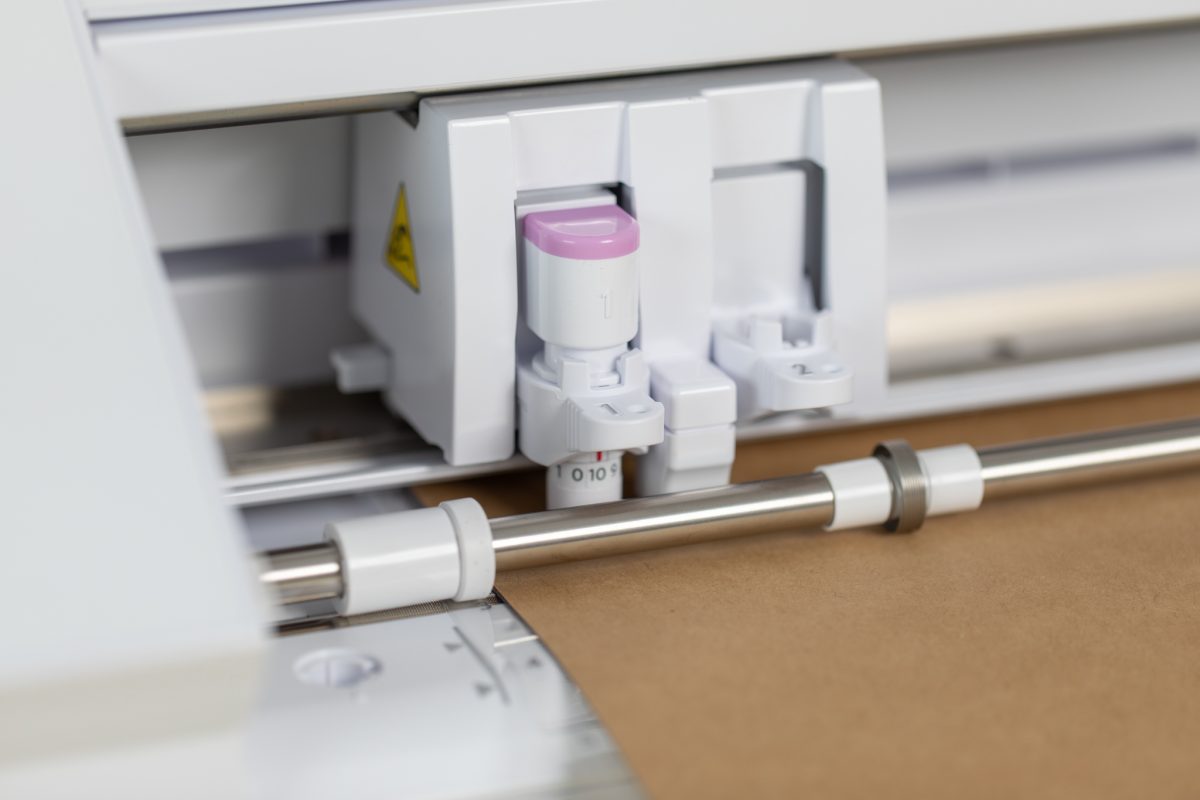
5. Create Unique Design Elements
While other cutting machines require specialized tools to create different types of cuts like perforation and wavy lines, Silhouette blades can perform all of these tasks because those design features are created in Silhouette Studio®. That means you only need a handful of blades to create your favorite projects.

Which Blades Are Right for Me?
Now that we’ve gone through what makes Silhouette blades so great, you’re probably on board and ready to get cutting. But there’s one more thing you may still be wondering: which blade is right for you as an individual maker? We can’t give you a “one size fits all” answer to this question because every Silhouette user creates their own unique projects in their crafting specialty with different materials.
Instead, we have two of our own questions for you that will help you answer this for yourself! We’ll look at each blade and tool in our catalog in a moment, but here are some things to look out for as you’re deciding which blade is right for you.
What machine do you have?
The first thing you want to check when purchasing blades for your cutting machine is whether the blade is compatible with your machine model. As we discussed earlier, there are different blade types that are designed for different machines and tool carriages. Our standard blades can only be used with our current cutting machines, the Cameo 4 series and the Portrait 3. If you’re a new Silhouette user with one of these machines, you’ll want to stick with the larger-bodied standard tools.
More seasoned Silhouette users with an older cutting machine also need to keep an eye on which machines a blade is compatible with. Because the Cameo 3, Portrait 2, and even older models only support the smaller legacy blades, you won’t be able to fit a standard blade into those machines.
As always, check the Blades and Tools Compatibility Chart to see whether a specific blade is compatible with your machine.
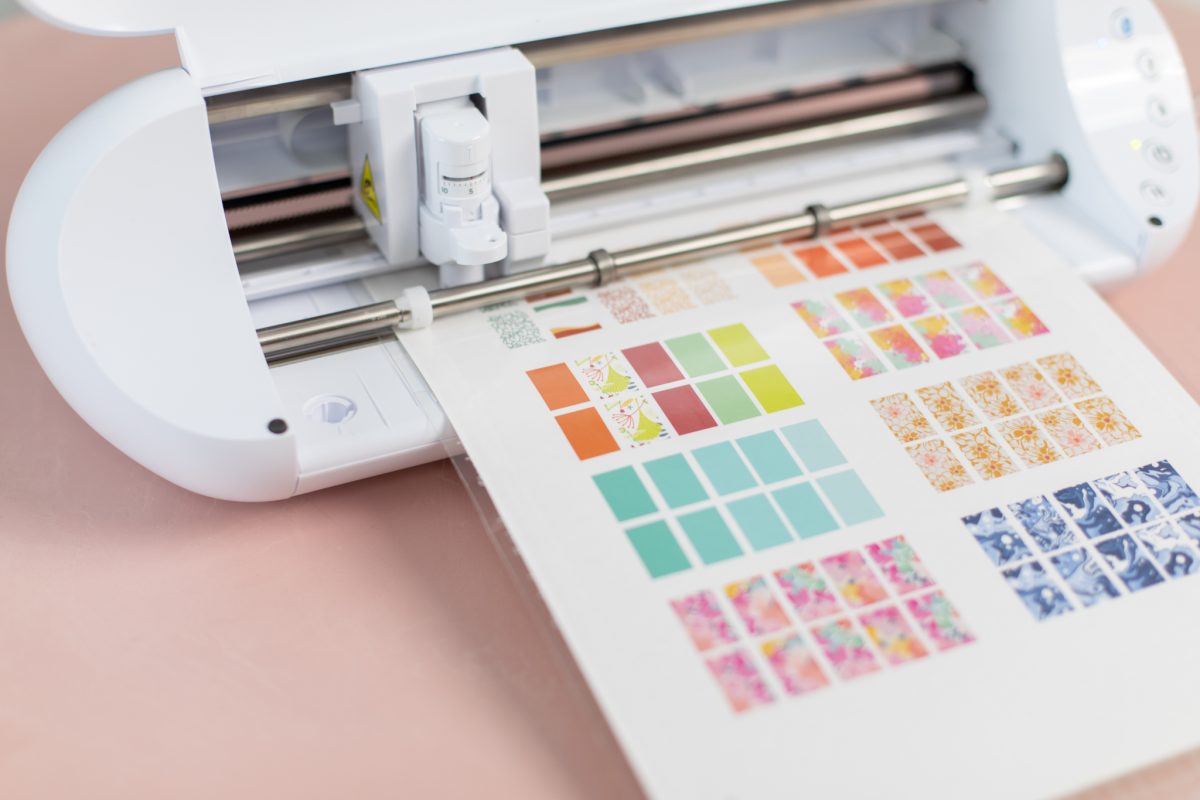
What materials will you cut regularly?
Next, consider what materials you’re going to be working with the most. For example, will you be working with vinyl and heat transfer, or do you cut a lot of heavy cardstock? This will help you decide the maximum cutting depth you need from your blades and whether you need any specialty tools.
1mm cutting blades like the AutoBlade and 1mm Manual Blade are best suited for thin, rolled materials, as well as thin paper and cardstock. These are great introductory blades if you’re just getting started with Silhouette.
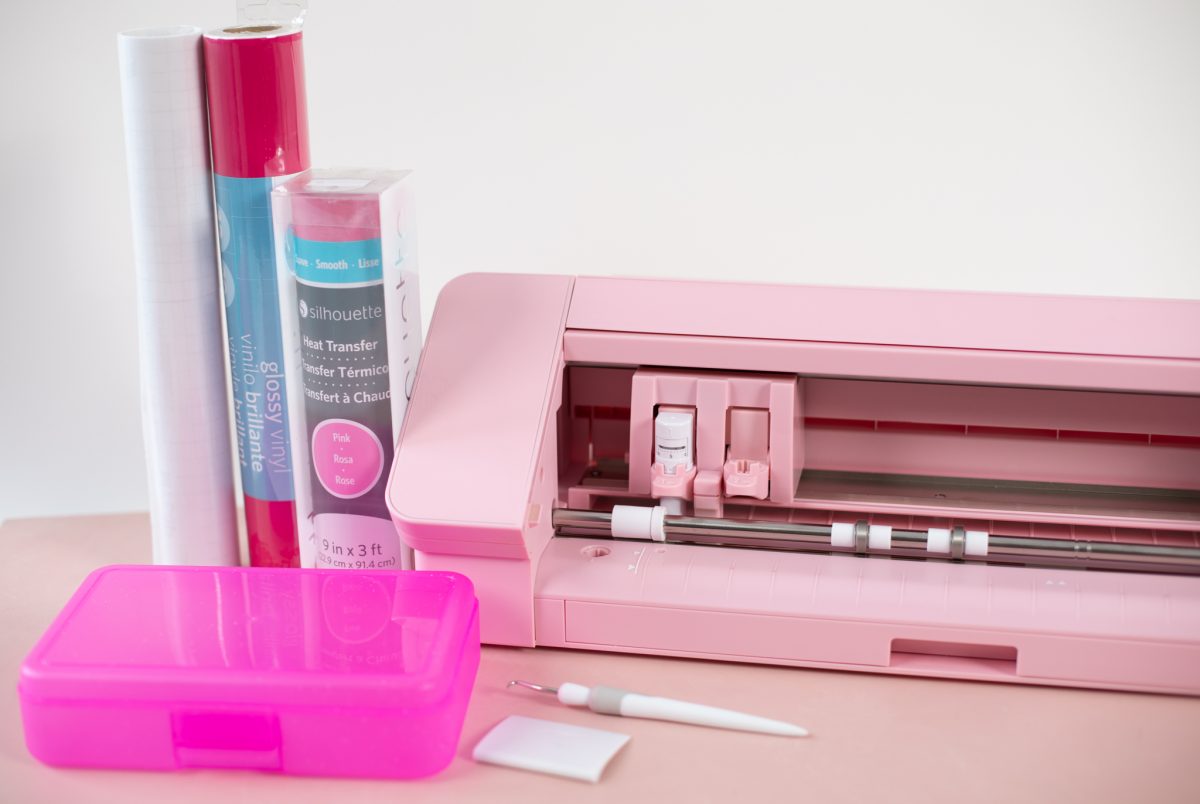
2mm blades can cut thicker materials that the AutoBlade can’t, like craft foam and heavy cardstock. Sometimes you need a little extra wiggle room to cut fully through these thicker materials, and a 2mm blade will get you there.
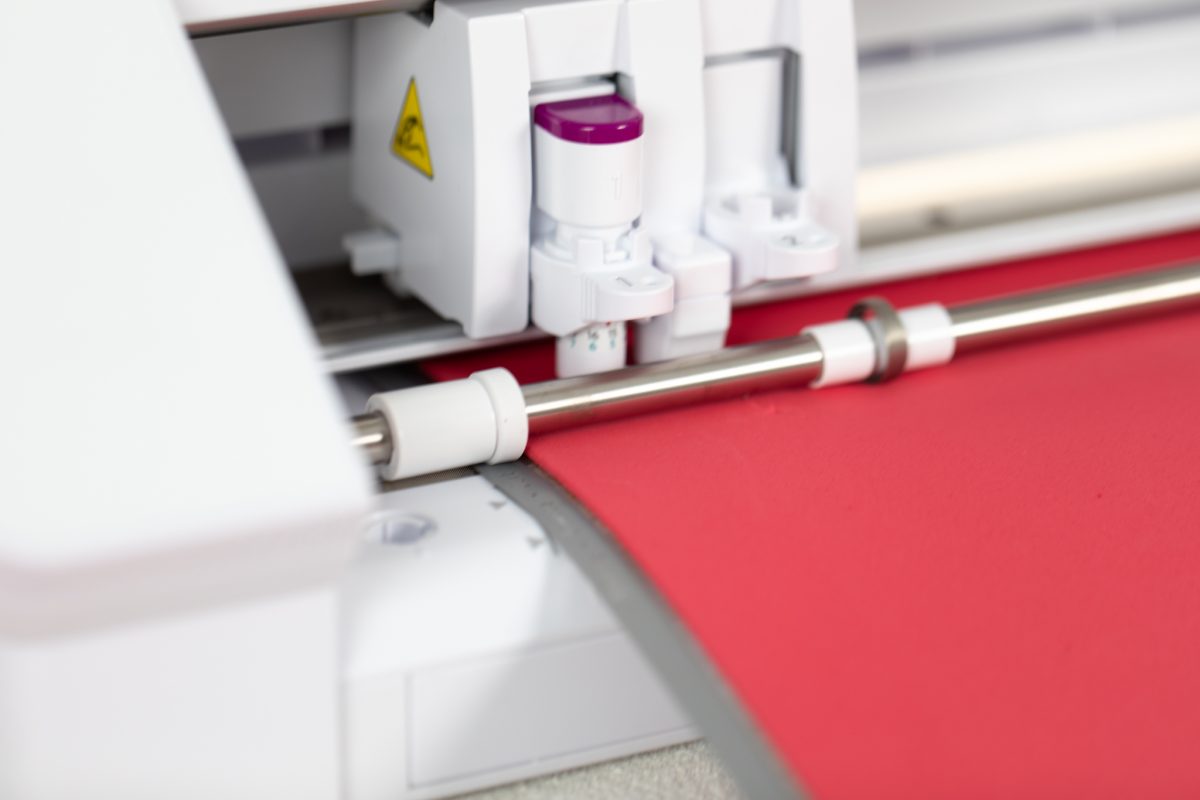
Specialty materials will require their own blades. The 3mm Kraft Blade, for example, not only has an increased maximum depth, but it has a unique way of cutting that makes it a great choice for materials like chipboard and leather. Or, if you work with a lot of fabric, you’ll want to purchase the Rotary Blade.
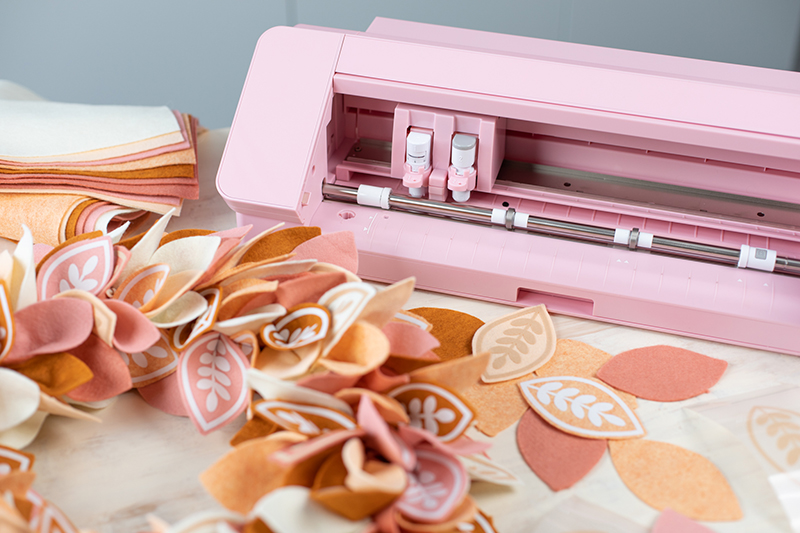
With these two questions in mind, we’re ready to introduce you to the individual blades in the Silhouette catalog.
Standard Blades
AutoBlade (Type B)
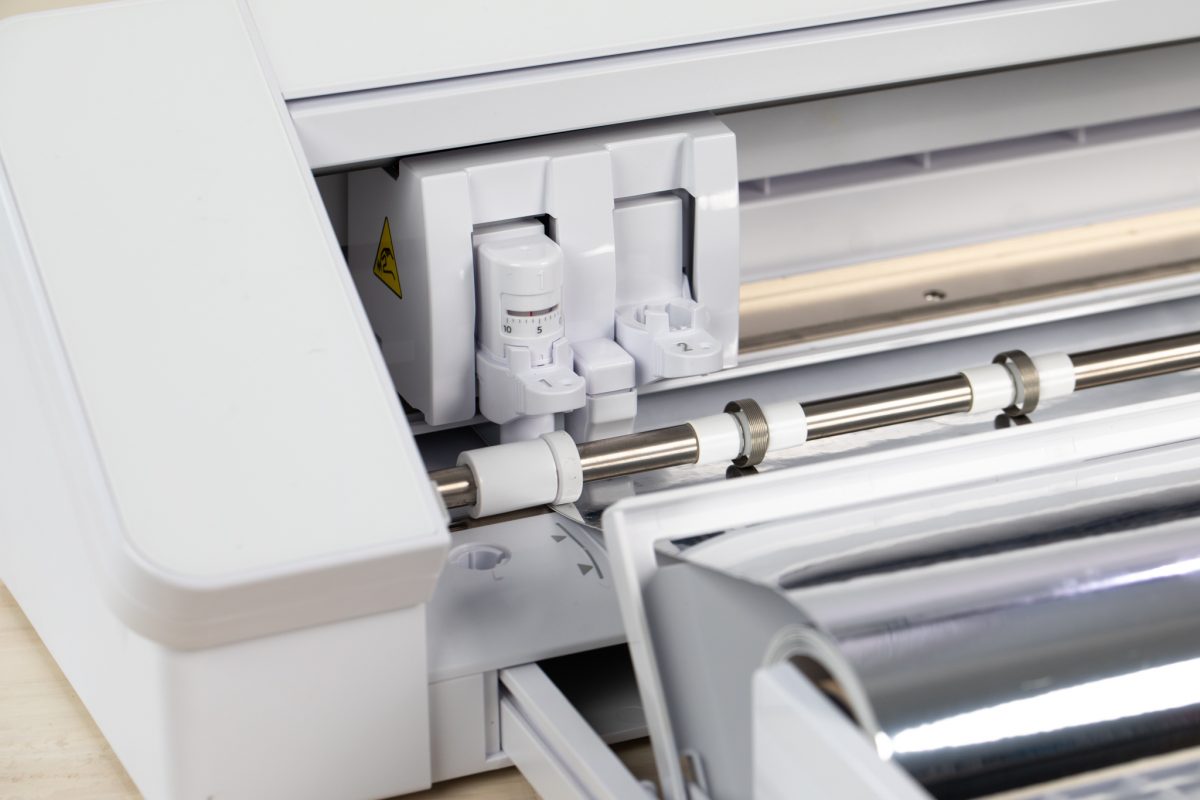
This is one blade we can guarantee every Silhouette user has—each modern cutting machine comes with an AutoBlade right in the box! The blade automatically sets itself to the right blade depth to match the material selected in Silhouette Studio.
- Intended Use: Cut vinyl, heat transfer, cardstock, sticker sheets, and more
- Compatible Machines: Cameo 4 series, Portrait 3
- Cutting Depth: 0.1mm – 1mm
- Adjustment Method: Automatic adjustment
1mm Manual Blade
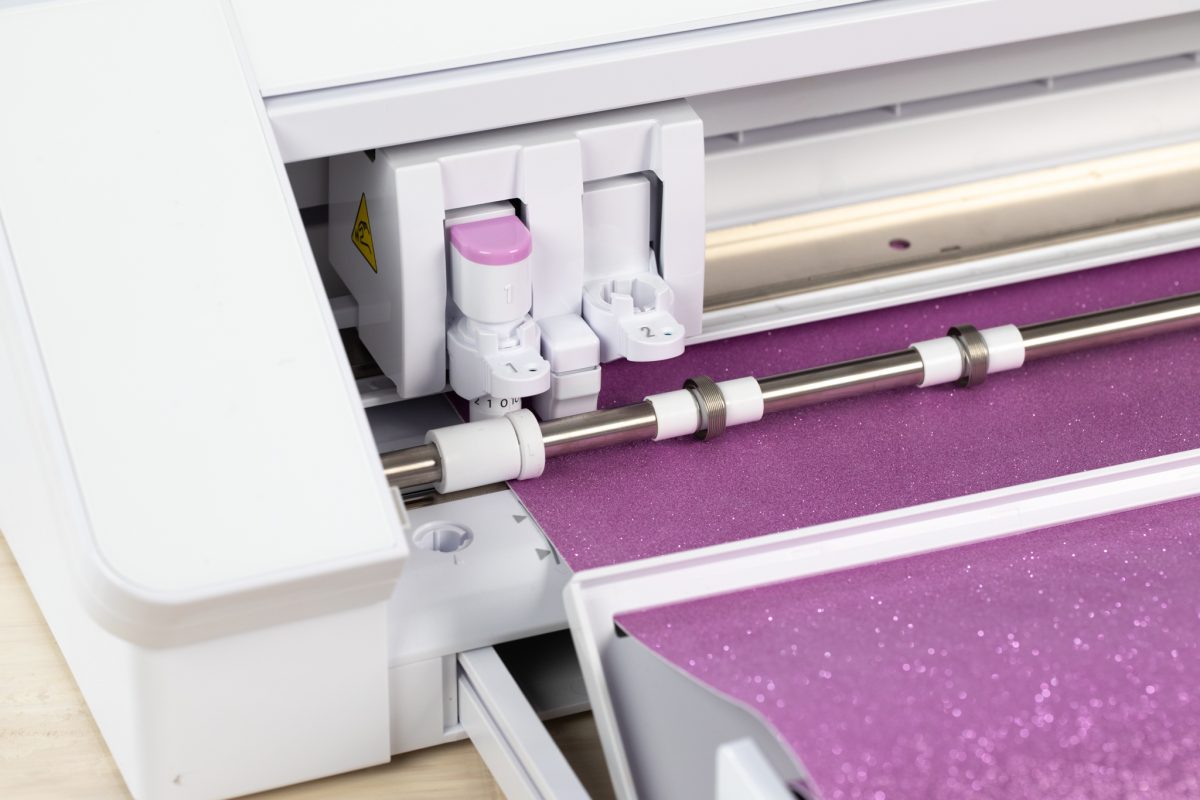
The 1mm Manual Blade can cut the same materials as the AutoBlade, but it’s adjusted by hand instead of by the machine. This allows you to fine-tune the depth setting you want to use for specific materials.
Purchase the 1mm Manual Blade here.
- Intended Use: Cut vinyl, heat transfer, cardstock, sticker sheets, and more
- Compatible Machines: Cameo 4 series, Portrait 3
- Cutting Depth: 0.1mm – 1mm
- Adjustment Method: Manual adjustment
2mm Manual Blade
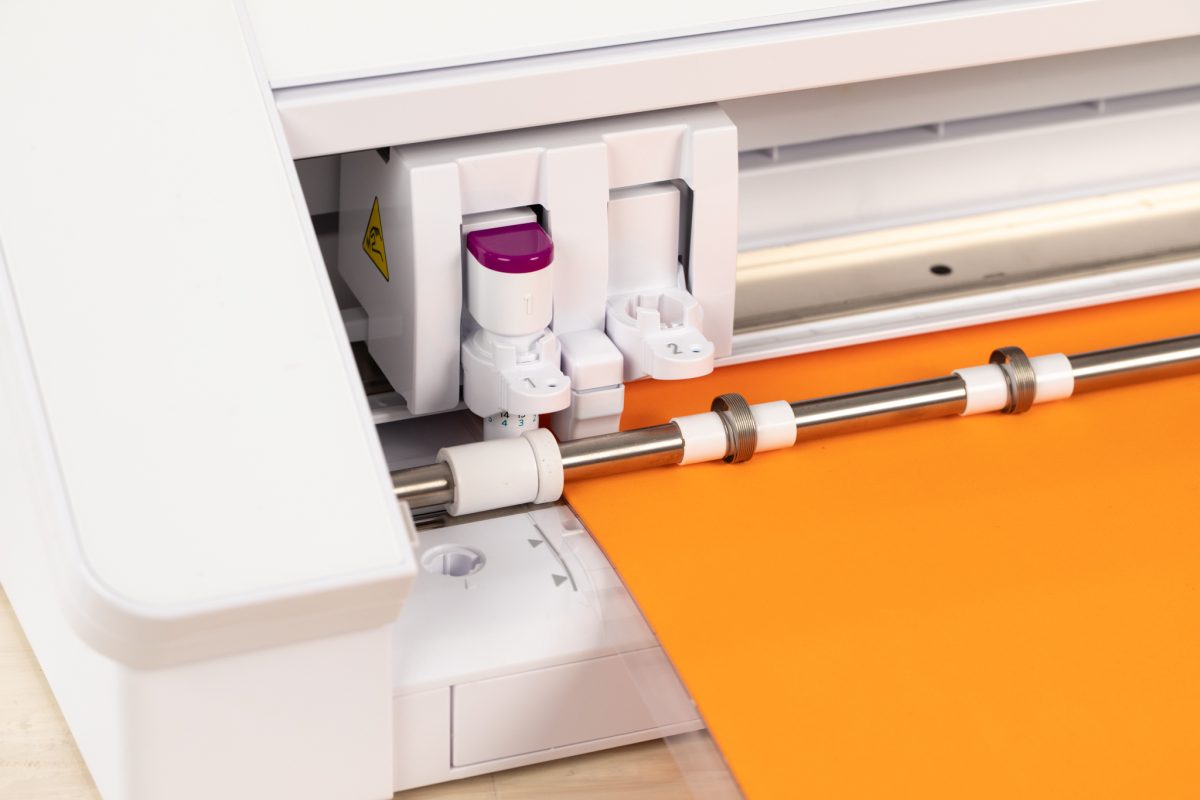
The 2mm Manual Blade is also adjusted by hand, but the increased cutting depth allows it to cut thicker materials, like thick cardstock and craft foam. The AutoBlade and 1mm Manual Blade can only cut up to 1mm, so this is a more versatile tool if you like to work with a wide range of materials.
Purchase the 2mm Manual Blade here.
- Intended Use: Cut heavy cardstock, craft foam, and other select soft materials up to 2mm thick
- Compatible Machines: Cameo 4 series, Portrait 3
- Cutting Depth: 0.1mm – 2mm
- Adjustment Method: Manual adjustment
2mm Kraft Blade (Type B)
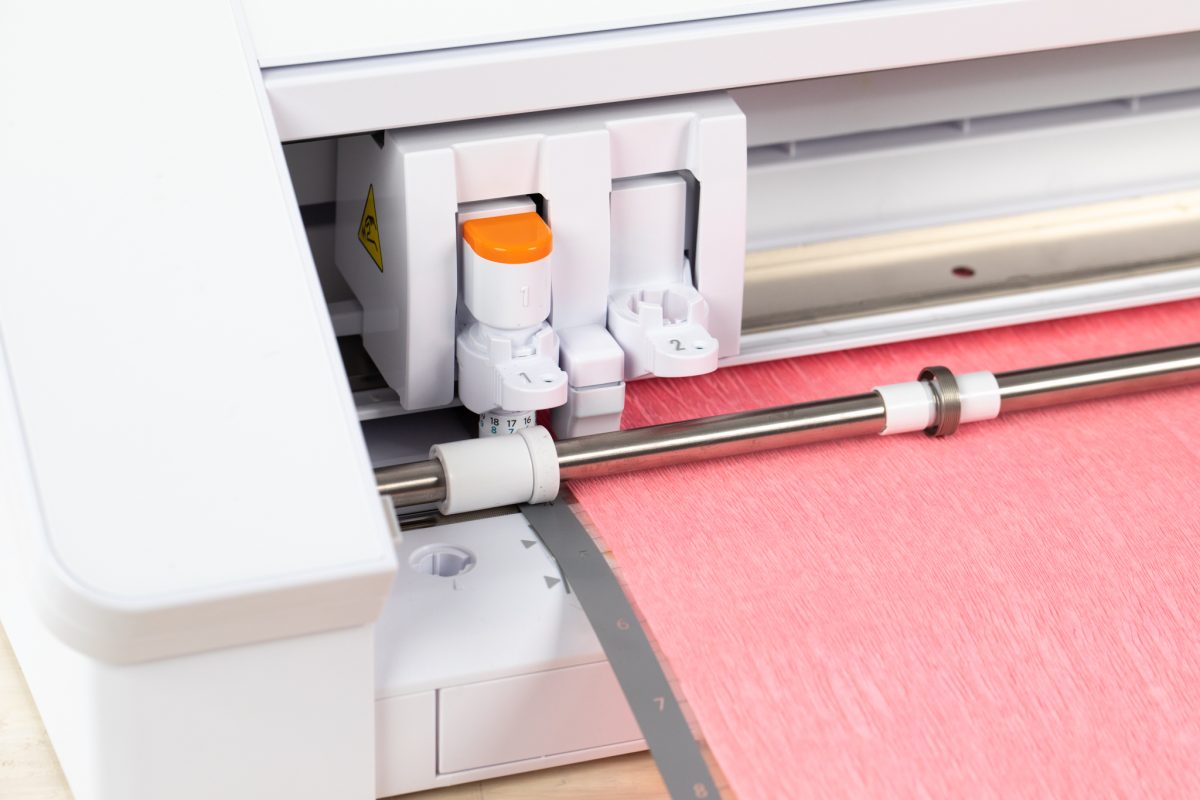
The 2mm Kraft Blade works a bit differently from the 2mm Manual Blade. It slices through the material you want to cut instead of using a sharp point to displace it. This gives the Kraft Blade the ability to cut through both tough and delicate materials. Crafters who use anything from chipboard to crepe paper will get smooth, accurate cuts with this blade.
Purchase the 2mm Kraft Blade here.
- Intended Use: Cut craft foam, crepe paper, chipboard, acetate, and other select specialty materials up to 2mm thick
- Compatible Machines: Cameo 4 series, Portrait 3
- Cutting Depth: 0.1mm – 2mm
- Adjustment Method: Manual adjustment
Specialty Tools
3mm Kraft Blade
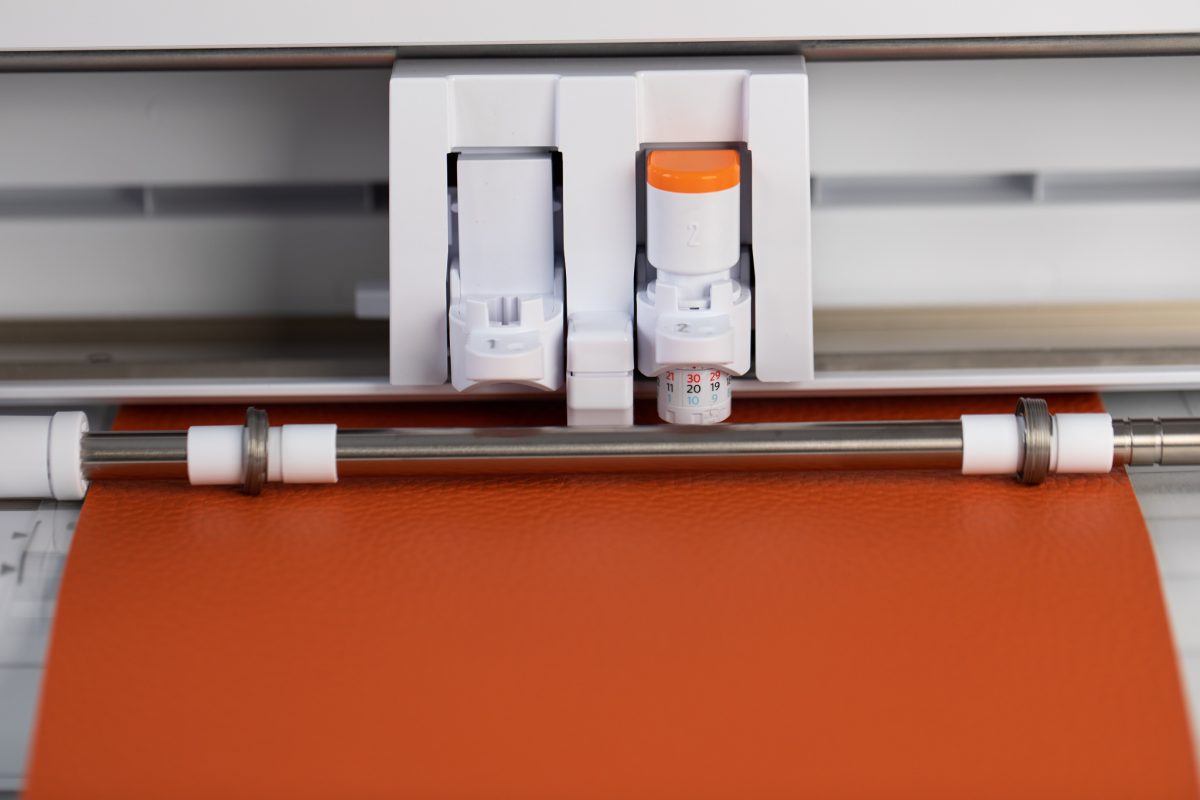
The 3mm Kraft Blade is one of our three specialty tools for use in Chamber 2. This tool takes advantage of the Cameo 4’s increased clearance so you can cut even thicker materials than what’s possible with 2mm blades.
Purchase the 3mm Kraft Blade here.
- Intended Use: Cut craft foam, crepe paper, chipboard acetate, and other select specialty materials up to 3mm thick
- Compatible Machines: Cameo 4 series
- Cutting Depth: 0.1mm – 3mm
- Adjustment Method: Manual adjustment
Rotary Blade
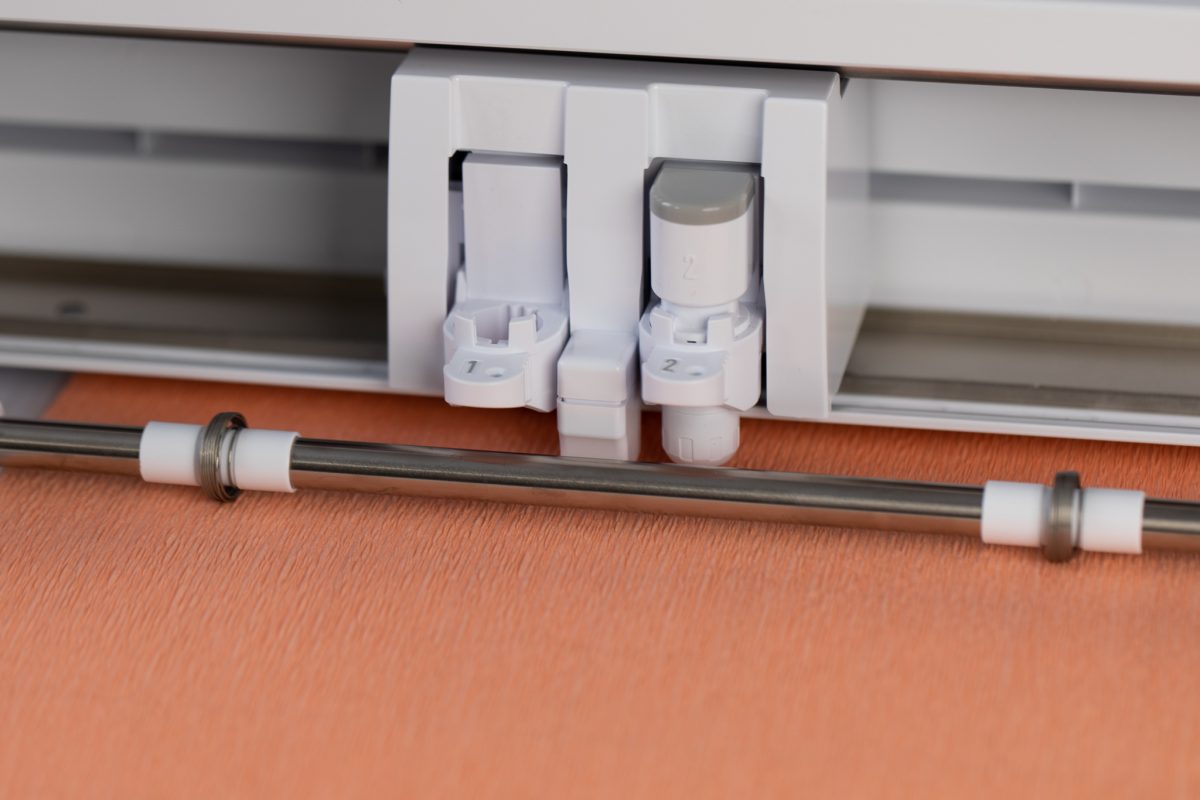
The Rotary Blade offers another alternative cutting method that’s designed for cutting fabric. The circular blade rolls across the material to cut it and mimics handheld rotary cutters used in sewing and textile crafts. When you use the Rotary Blade, you don’t need to add a backing or stabilizer before loading your fabric into the machine.
Purchase the Rotary Blade here.
- Intended Use: Cut thin fabric, felt, wool, and more
- Compatible Machines: Cameo 4 series
- Cutting Depth: 1mm
- Adjustment Method: None
Punch Tool
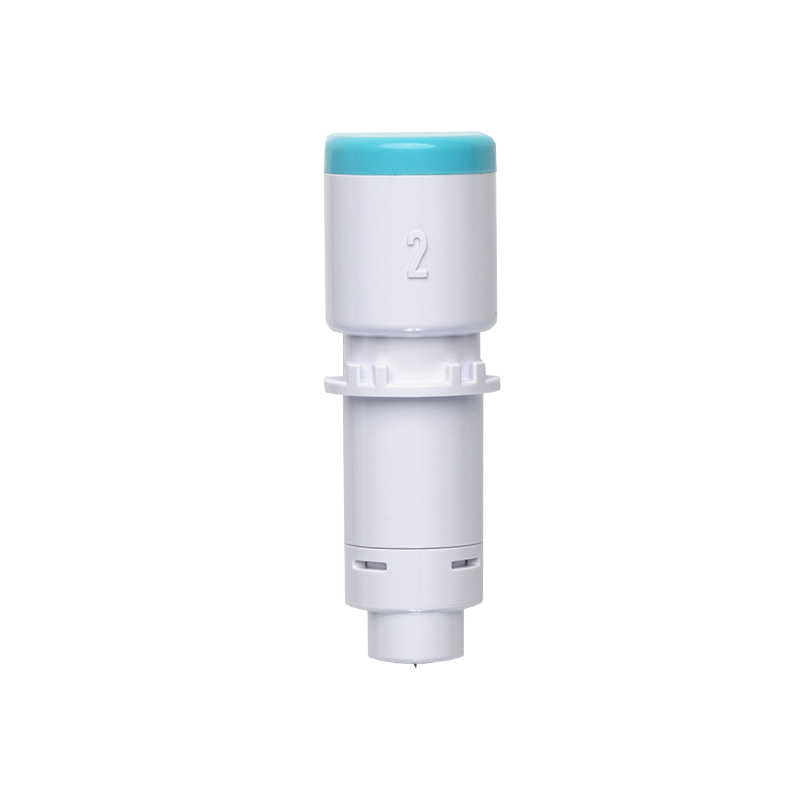
Instead of cutting entire designs like our other blades, the Punch Tool creates small holes for weeding excess material. These marks make it much easier to create vinyl and heat transfer projects because you can easily weed away what you don’t need.
- Intended Use: Punch holes in vinyl sections that need to be weeded out. Use alongside the AutoBlade or 1mm Blade
- Compatible Machines: Cameo 4 series
- Cutting Depth: 0.8mm
- Adjustment Method: None
Sketch Tools & Adapters
Sketch Pens
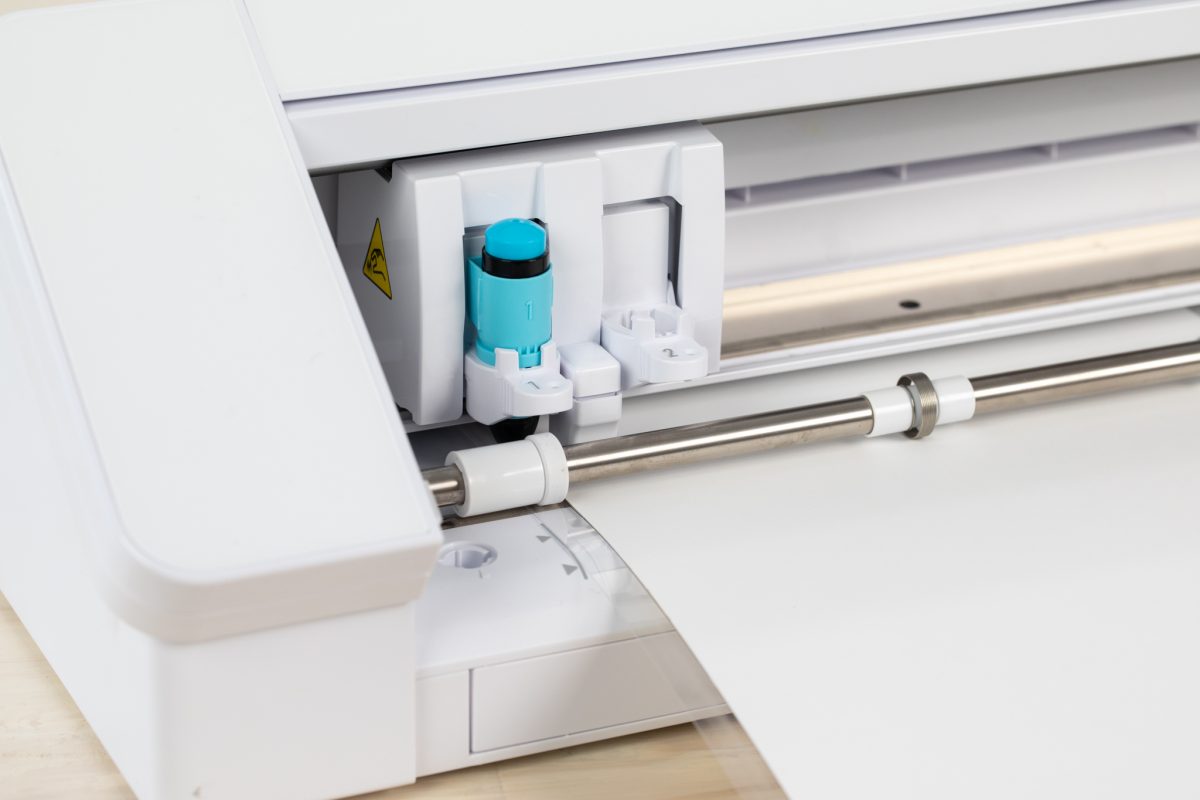
Your Silhouette machine can do more than just cut—it can draw designs onto your material using sketch jobs! With Sketch Pens, you can draw elaborate designs onto different materials to add a hand-drawn look to your projects.
Sketch pens fit directly into the Cameo 3 and any of its previous models, as well as the Portrait 2 and its previous model. You can use them with the Cameo 4 series and the Portrait 3 by using a tool adapter.
Purchase the Sketch Pens Basics Set here.
- Intended Use: Draw or sketch designs onto paper, cardstock, and more
- Compatible Machines: Cameo 1/2/3, Portrait 1/2
- Compatible Machines with Adapter: Cameo 4 series, Portrait 3
Pen Holder (Type B)
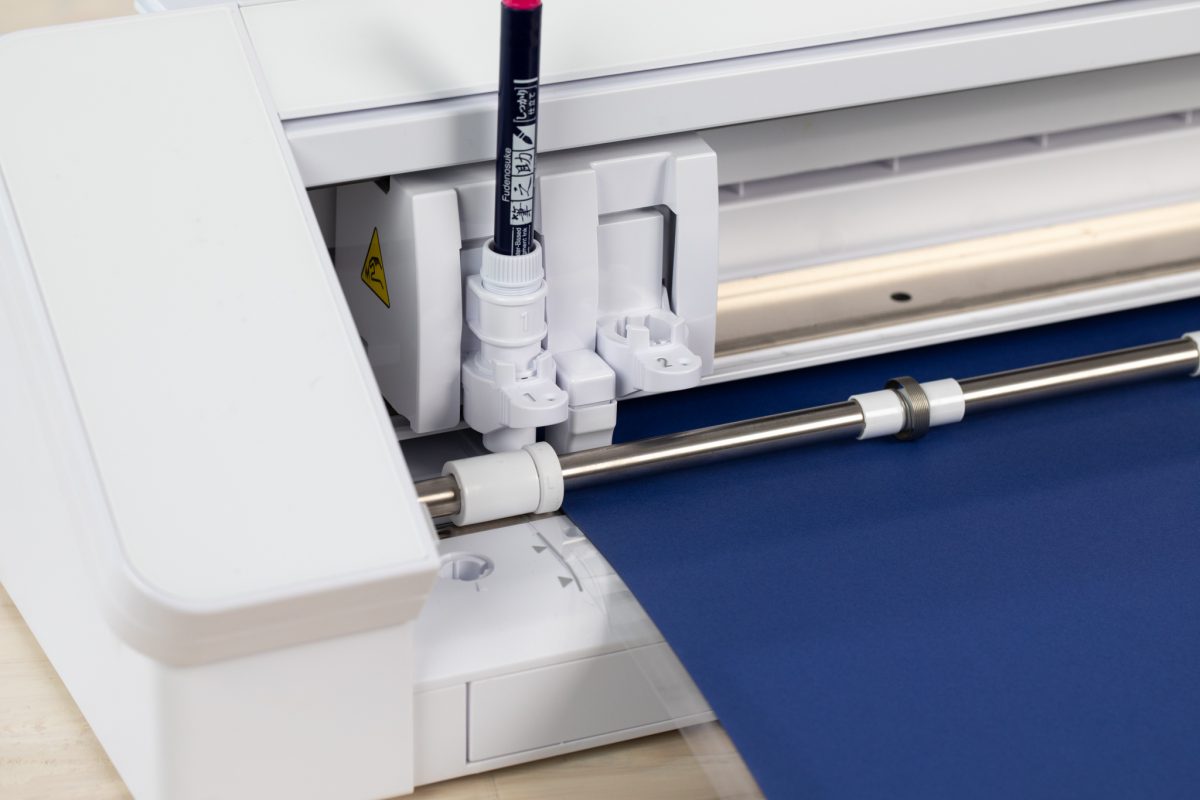
In addition to Silhouette Sketch Pens, you can also create drawings using your own pens and markers. The Pen Holder allows you to sketch designs with a range of pens, from thinner standard ball-point pens to thicker felt-tip markers.
- Intended Use: Hold your favorite pen or marker to draw or sketch on paper, cardstock, and more
- Compatible Machines: Cameo 4 series, Portrait 3
Tool Adapters
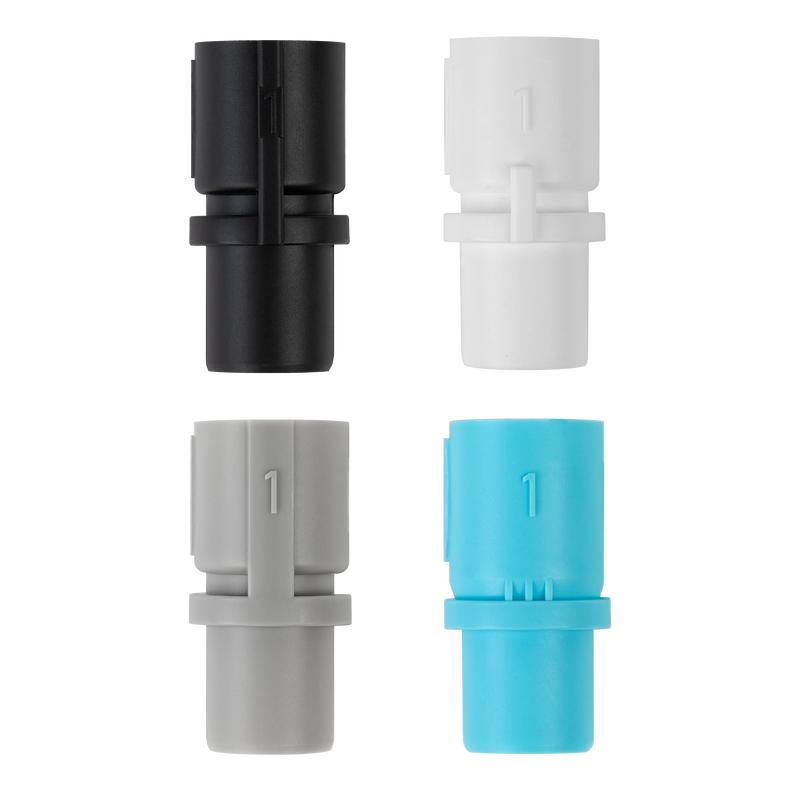
Before we look at our catalog of legacy blades, did you know that you can use older blades with our current cutting machines? You can with tool adapters! Our older tools are smaller than our modern blades and don’t fit into the tool carriage on their own. The Tool Adapter keeps the smaller tools snugly in place, but the larger size allows you to lock the tool into the machine.
Purchase the Tool Adapter Set here.
- Intended Use: Use older blades and tools with our current cutting machines
- Compatible Machines: Cameo 4 series, Portrait 3
Legacy Blades
AutoBlade (Type A)
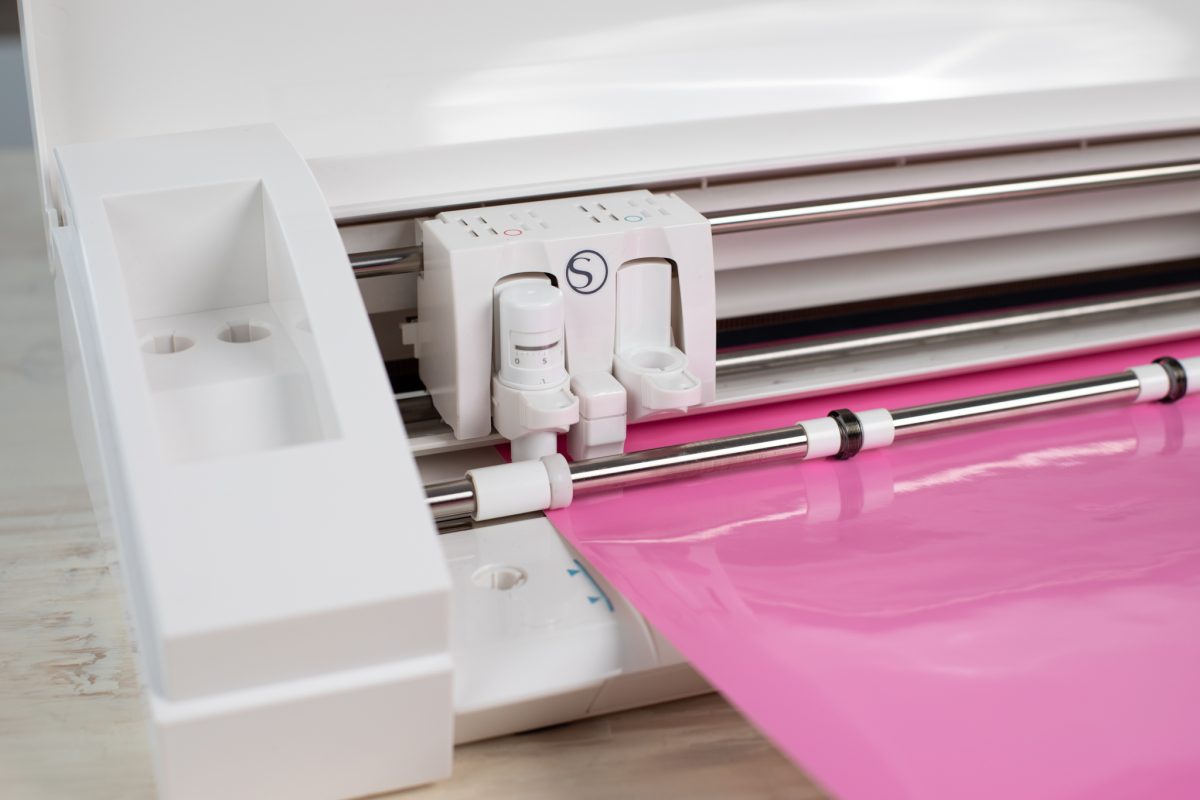
The original AutoBlade works in the same way as our current AutoBlade model. The blade automatically adjusts the cut depth based on the chosen settings in Silhouette Studio. However, this blade is only compatible with the Cameo 3 and Portrait 2.
Purchase the original AutoBlade here.
- Intended Use: Cut vinyl, heat transfer, cardstock, sticker sheets, and more
- Compatible Machines: Cameo 3, Portrait 2
- Cutting Depth: 0.1mm – 1mm
- Adjustment Method: Automatic adjustment
Ratchet Blade
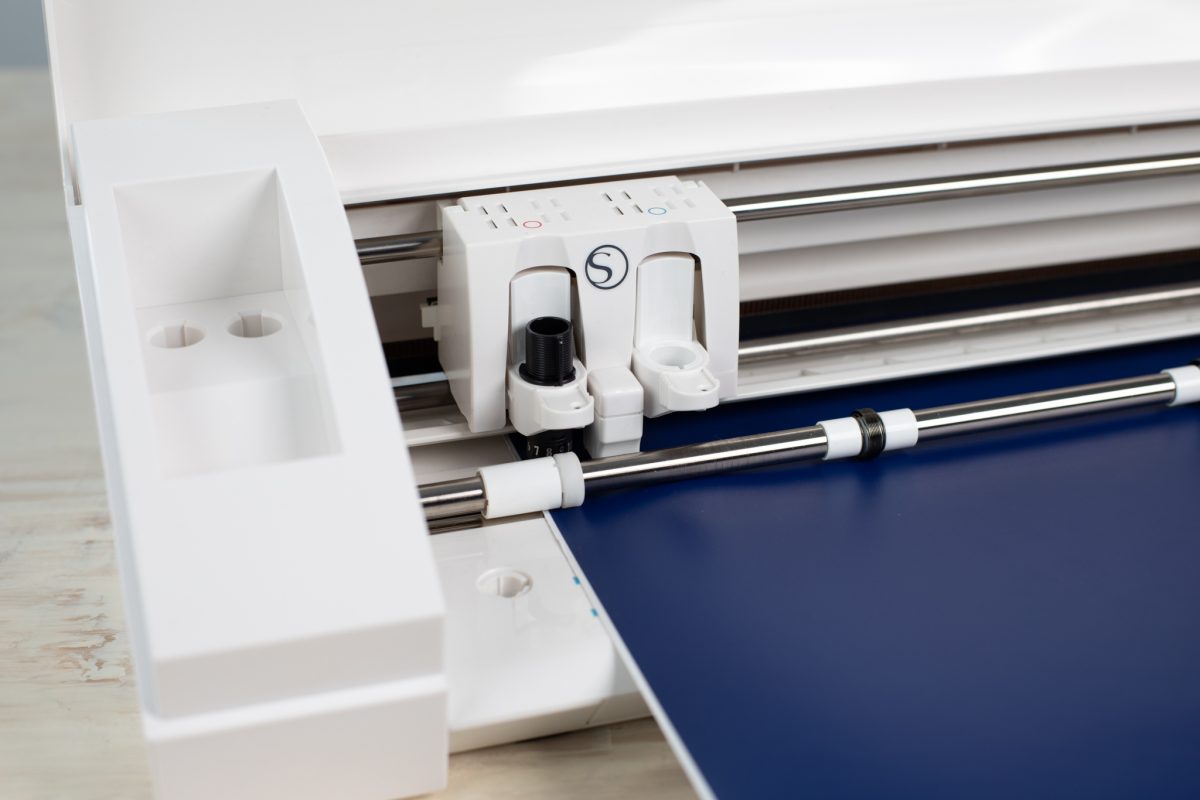
The Ratchet Blade is the classic Silhouette blade. It’s standard, well-rounded, and cuts a wide range of materials up to 1mm thick. While most of our standard blades are adjusted automatically or by hand using the Blade Adjustment Tool, you can set the Ratchet Blade’s cut depth using a slot located on the cutting machine.
Purchase the Ratchet Blade here.
- Intended Use: Cut vinyl, heat transfer, cardstock, sticker sheets, and more
- Compatible Machines: Cameo 1/2/3, Portrait 1/2
- Cutting Depth: 0.1mm – 1mm
- Adjustment Method: Ratchet adjustment
2mm Kraft Blade (Type A)
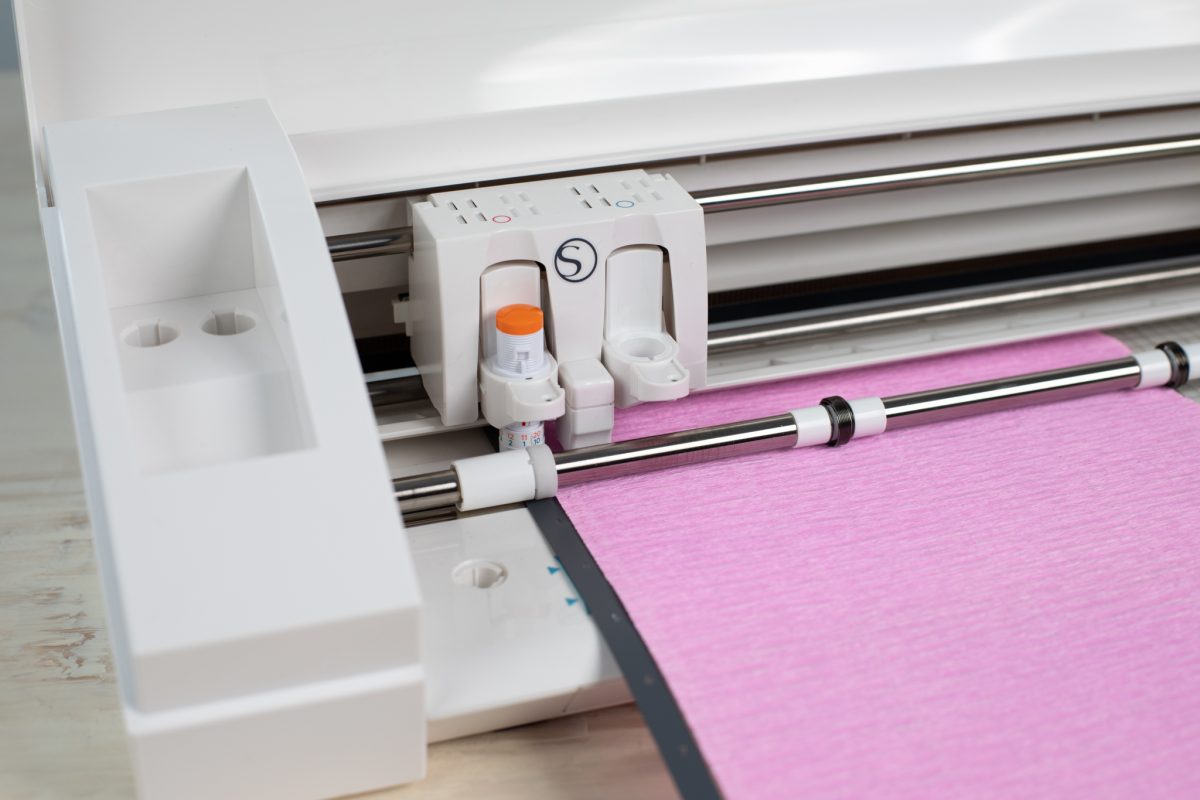
The original 2mm Kraft Blade works in the same way as our current Kraft blades. It slices through material to cut soft, thicker materials, but is shaped to fit our older machines.
Purchase the original 2mm Kraft Blade here.
- Intended Use: Cut craft foam, crepe paper, chipboard, acetate, and other select specialty materials up to 2mm thick
- Compatible Machines: Cameo 1/2/3, Portrait 1/2
- Cutting Depth: 0.1mm – 2mm
- Adjustment Method: Manual adjustment
Premium Blade
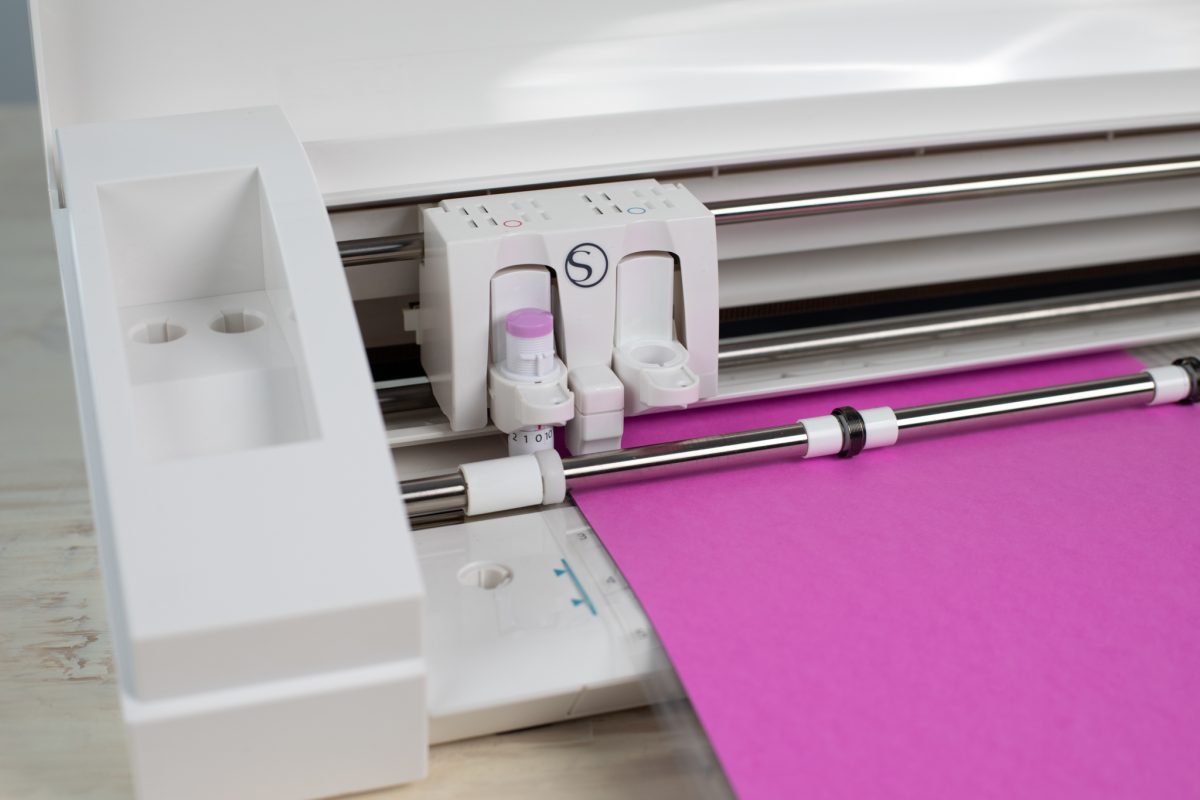
The Premium Blade is manually adjusted to give crafters the ability to set the cut depth to the exact setting they need for their material. It cuts materials up to 1mm thick and is the predecessor to the current 1mm Manual Blade.
Purchase the Premium Blade here.
- Intended Use: Cut vinyl, heat transfer, cardstock, sticker sheets, and more
- Compatible Machines: Cameo 1/2/3, Portrait 1/2
- Cutting Depth: 0.1mm – 1mm
- Adjustment Method: Manual adjustment
Deep-Cut Blade
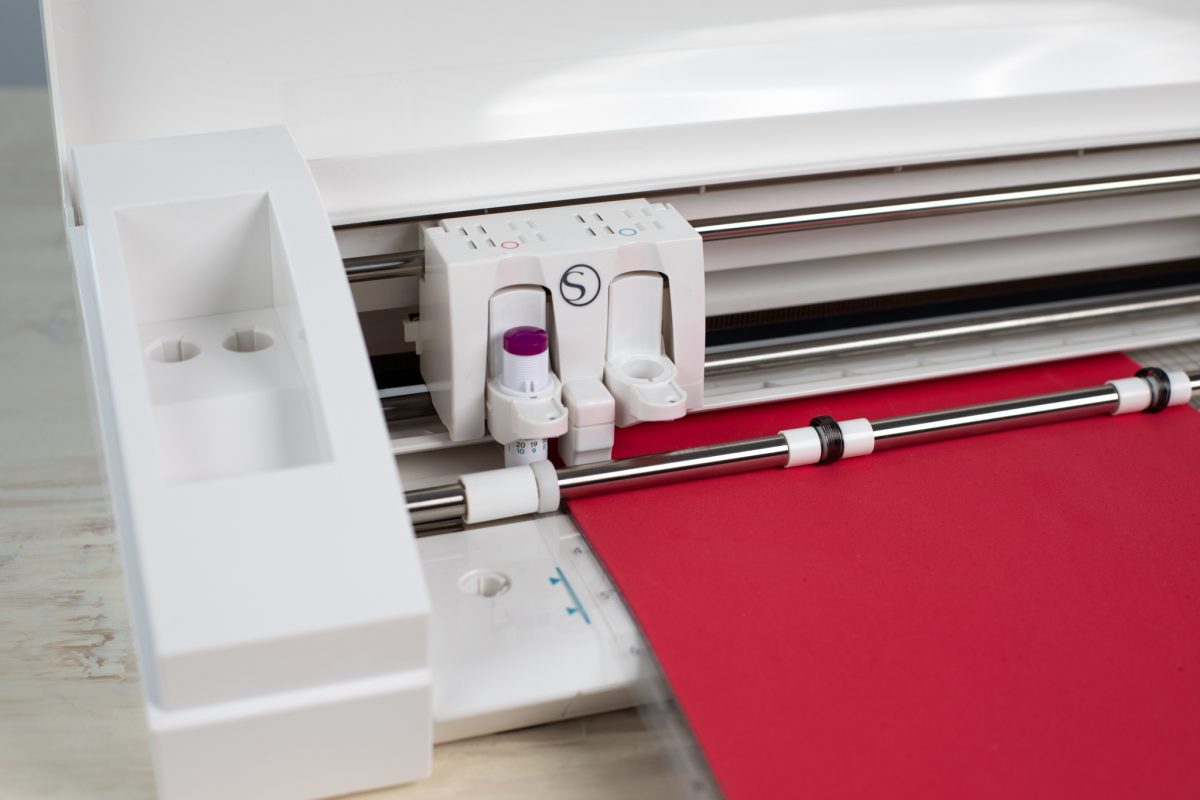
The Deep-Cut Blade is also manually adjusted, but it can cut even more specialty materials than other 1mm deep blades. Just like how the Premium Blade is similar to the current 1mm Manual Blade, the Deep-Cut Blade is comparable to the current 2mm Manual Blade.
Purchase the Deep-Cut Blade here.
- Intended Use: Cut heavy cardstock, craft foam, and other select soft materials up to 2mm thick
- Compatible Machines: Cameo 1/2/3, Portrait 1/2
- Cutting Depth: 0.1mm – 2mm
- Adjustment Method: Manual adjustment
Pen Holder (Type A)
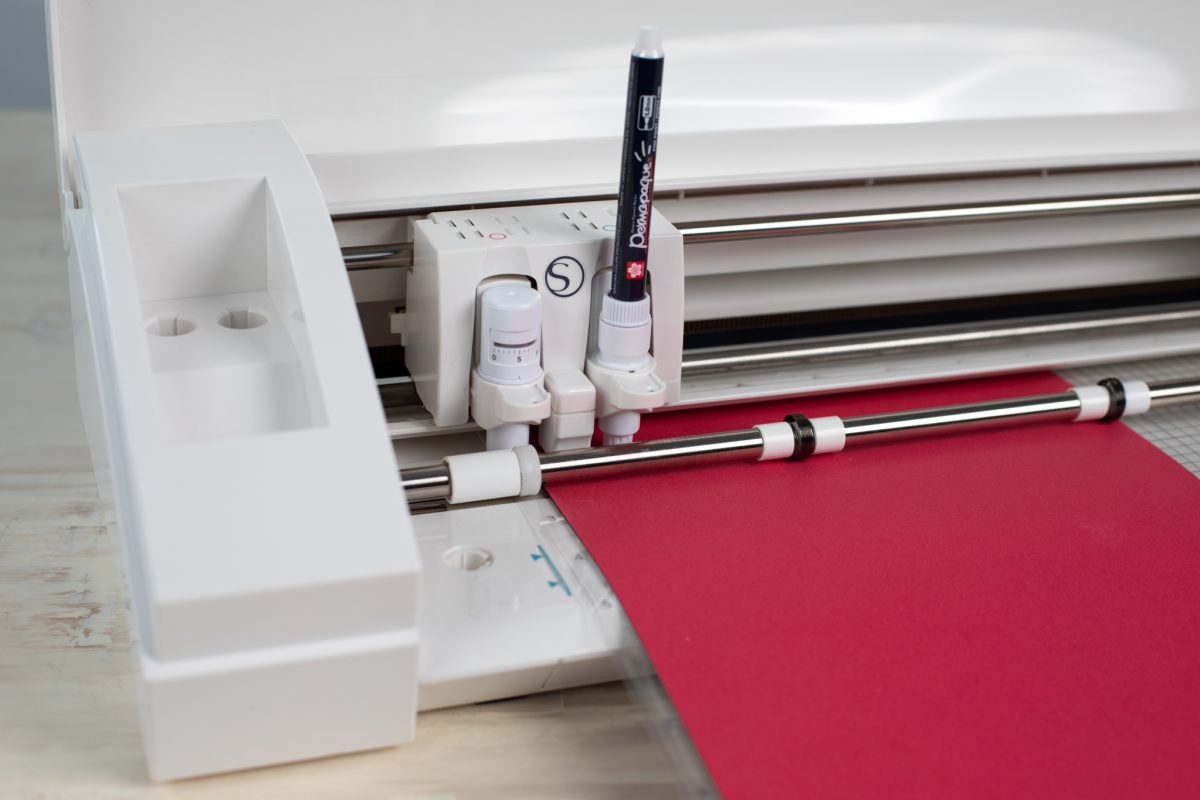
Finally, we have a pen holder designed for older machines that works in the same way as the current model. Sketch your favorite designs using your own pens and markers.
Purchase the original Pen Holder here.
- Intended Use: Hold your favorite pen or marker to draw or sketch on paper, cardstock, and more
- Compatible Machines: Cameo 1/2/3, Portrait 1/2
We had a great time introducing you to all of our blades and carriage tools, and we hope you learned something new from this post! Once you’ve purchased your new Silhouette blades, be sure to check out our other posts on properly caring for your blade and how to adjust your blade depth with the blade adjustment tool.
Which Silhouette blade is your favorite? Let us know below!

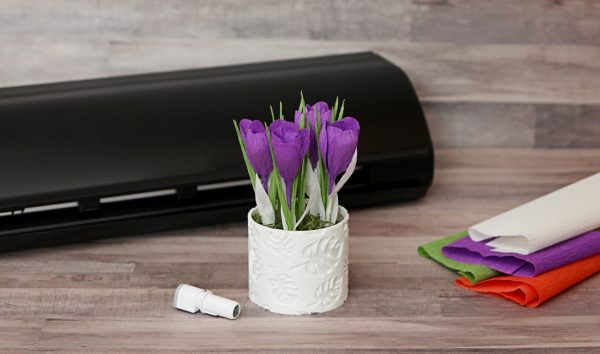 Free Class - Crepe Paper Crocuses
Free Class - Crepe Paper Crocuses  January Online Classes
January Online Classes
Kelly Wayment
June 28, 2024
You can use it with vinyl as long as it is smooth and flat to allow the static charge to hold on to it. Rolled vinyl that wants to go back to its rolled shape will not necessarily work well, and it would need to be trimmed to fit the ES mat cutting area.
Kelly Wayment
June 28, 2024
Yes, you can use the heat pen while using the ES mat. 🙂
Yurii
March 2, 2024
Hello. May it be used with heat pen?
Thanks
Jerome
February 24, 2024
Hi, works this with the normal vinyl foils or only with printer papter etc?
Kelly Wayment
February 16, 2024
Once you’ve pushed the mat up against the rollers, just press the “Load” arrow button (bottom right on the display). Does a regular sticky mat load into the machine for you?
Michelle a goodall
January 24, 2024
Hello! I just got my new electrostatic mat and have watched every video i can find on it. However, what i can t find is why it wont feed into my cameo 5/ it slides right up the rollers but wont go any further. and yes- iam pushing the into button. help!